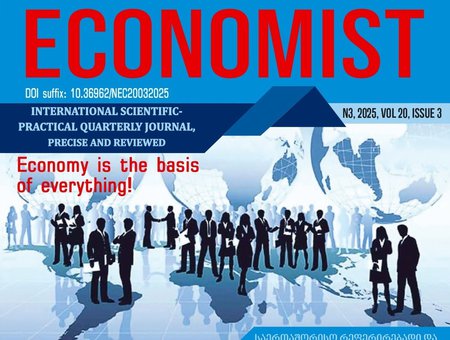This study discusses the main components of the Sumerian economy: agriculture, temple and palace economies, trade, labour organization, accounting systems, and redistribution mechanisms. The Sumerian economy, which flourished in southern Mesopotamia during the 4th–3rd millennia BC, represented one of the earliest organized economic systems. Agriculture, developed on the fertile soils created by the Tigris and Euphrates rivers, supported the cultivation of staple crops such as barley, wheat, and dates. Temples and palaces, as economic centres, managed land ownership, taxation, and resource redistribution. Sumer engaged in trade with regions such as Anatolia (modern-day Turkey), Elam (southwestern Iran), the Indus Valley (modern-day Pakistan/India), and the Arabian Peninsula (Dilmun, modern-day Bahrain). Strict labour organization and accounting records inscribed in cuneiform ensured efficient management. Institutional frameworks reduced transaction costs, fostering trust and stability in relevant institutions. Despite significant economic achievements, the Sumerian economy remained vulnerable due to soil salinization and external threats. Sumerian bureaucracy, irrigation systems, and writing profoundly influenced the economic and social development of ancient civilizations.



